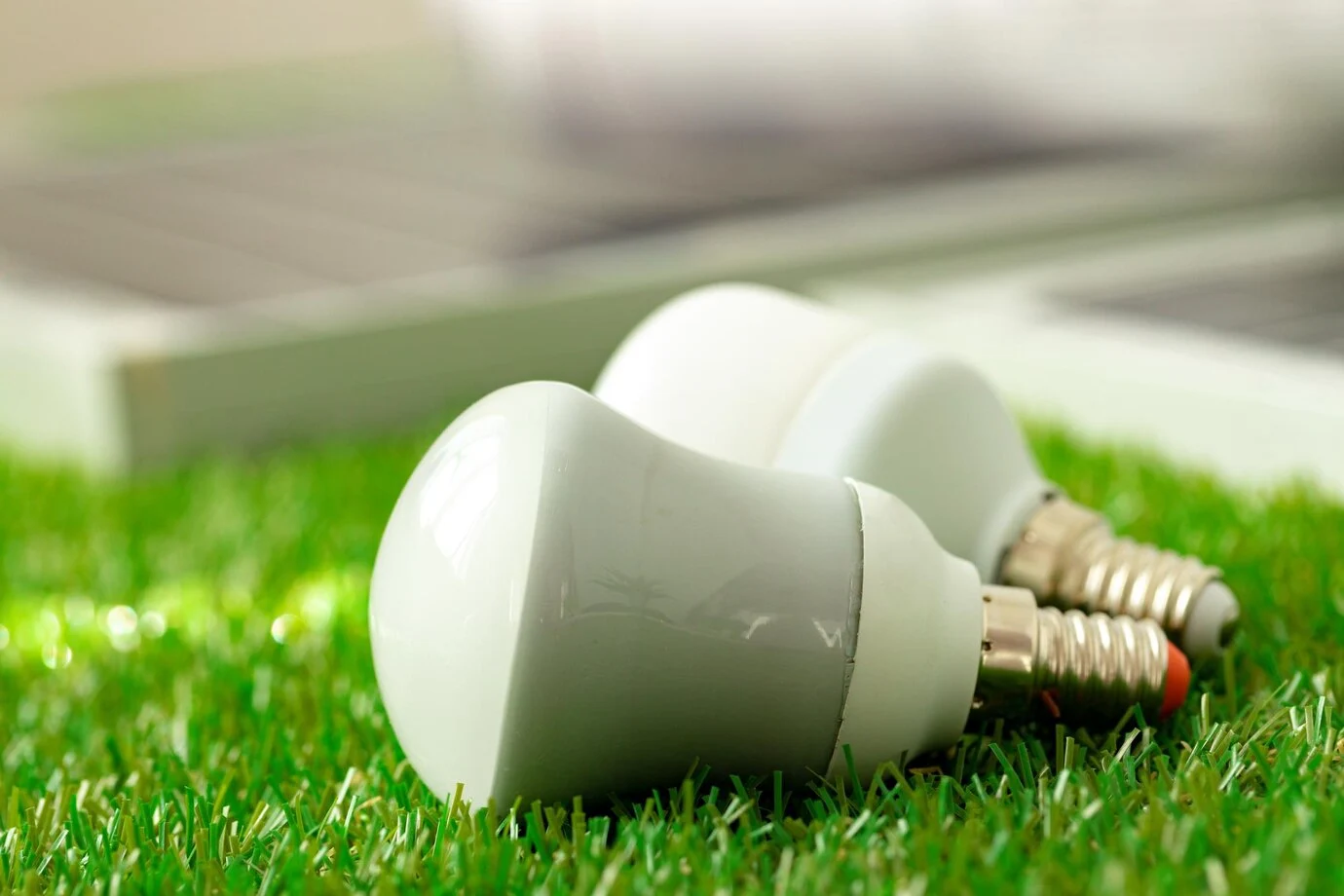Table of Contents
ToggleUnderstanding How Solar Lights Work
Before we explore alternative charging methods, it’s essential to understand how solar lights function. Solar lights are equipped with photovoltaic (PV) cells, which convert sunlight into electrical energy. This energy is stored in rechargeable batteries, typically NiMH (Nickel-Metal Hydride) or Li-ion (Lithium-Ion), and used to power the light at night.
The Role of Sunlight
Sunlight is the most effective and natural way to charge solar lights. Direct sunlight provides the maximum energy, allowing the PV cells to generate enough electricity to charge the batteries fully. However, this process can be hindered by factors like overcast weather, shaded areas, or the placement of the lights in locations that don’t receive much sun.
Charging Solar Lights Without Sun
When sunlight isn’t available, you can still charge your solar lights using various methods. Here are some tried-and-true techniques:
1. Using Incandescent Light Bulbs
Incandescent light bulbs are a reliable alternative for charging solar lights indoors. These bulbs emit a broad spectrum of light, including infrared, which is more effective for charging solar cells compared to other artificial light sources.
Expert Insight: A Home Improvement Expert mentions, “Incandescent bulbs emit more light energy than LED or CFL bulbs, making them more effective for charging solar lights indoors.”
2. Using LED Lights
While not as effective as incandescent bulbs, LED lights can also charge solar lights. LEDs emit a more focused spectrum of light, so the charging process may take longer. However, if you use a high-wattage LED bulb, it can still be a viable option.
DIY Tip: Place the solar lights close to the LED bulb and let them charge for several hours. It might take longer, but it will get the job done.
3. Charging with a Halogen Lamp
Halogen lamps produce a significant amount of light and heat, making them another option for charging solar lights without sunlight. These lamps work similarly to incandescent bulbs but are more energy-efficient.
Energy Consideration: Be mindful of the energy consumption when using halogen lamps. Although effective, they can increase your electricity bill if used frequently.
Expert Quote: An Energy Efficiency Expert advises, “While using artificial light to charge solar lights can be convenient, it’s generally less efficient than using sunlight.”
4. Utilizing Flashlights
In a pinch, a high-powered flashlight can charge solar lights. This method is particularly useful if you need to charge your solar lights quickly and don’t have access to other light sources.
How to Do It: Hold the flashlight close to the solar panel and move it around to cover the entire surface. This method is not the most efficient, but it can provide a quick boost to your solar lights.
5. Positioning Solar Lights for Maximum Efficiency
Proper positioning can help your solar lights charge more efficiently, even without direct sunlight.
Tip: Place solar lights in areas where they can receive indirect sunlight or light reflected from nearby surfaces, such as walls or fences. This method won’t fully charge the lights but can provide enough energy to keep them functioning.
Personal Insight: I moved my solar lights closer to a white wall, and the reflection from the wall provided enough light to keep them charged for a few extra hours each night.
6. Using a Solar Charger
A solar charger designed for small devices can also charge solar lights. These chargers usually come with multiple output options and can be used to charge the batteries directly.
Step-by-Step:
- Remove the Batteries: Take the batteries out of the solar lights.
- Connect to Solar Charger: Use the appropriate connector to attach the batteries to the solar charger.
- Charge the Batteries: Place the charger in a well-lit area, and let it charge the batteries fully.
- Reinstall the Batteries: Once charged, reinstall the batteries into the solar lights.
Expert Advice: A Solar Light Manufacturer explains, “While sunlight is the primary energy source for solar lights, artificial light can also charge the batteries, albeit at a slower rate.”
7. Indoor Solar Charging with Artificial Light
Another method is to place your solar lights in a brightly lit indoor area. Large windows that receive plenty of daylight can provide enough indirect sunlight to charge the lights.
DIY Enthusiast Tip: Experiment with different light sources to find the most efficient method for charging your solar lights indoors.
8. Portable Power Banks and USB Chargers
If your solar lights have USB charging capabilities, you can use a portable power bank or USB charger to charge them. This method is especially handy during power outages or when you’re on the go.
How It Works:
- Connect the USB Cable: Plug one end of the USB cable into the solar light and the other end into the power bank or charger.
- Charge the Light: Allow the light to charge for a few hours until the battery is full.
Home Automation Expert Insight: “Some smart home systems allow you to control lighting schedules, which can be helpful for optimizing solar light charging indoors.”
9. Combining Solar and Artificial Light
For the best results, combine solar and artificial light. Place your solar lights outside during the day to capture as much sunlight as possible, and then bring them indoors in the evening to continue charging under artificial light.
Personal Experience: During a particularly overcast week, I alternated between placing my solar lights outdoors during the day and under an incandescent lamp at night. This approach kept them charged and glowing throughout the week.
Conclusion: Maximizing Solar Light Efficiency Without Sun
While solar lights are designed to harness the power of the sun, there are several ways to keep them charged even when the sun isn’t shining. From using incandescent and LED bulbs to halogen lamps and flashlights, you have various options to ensure your solar lights stay bright.
Final Thought: Always consider the energy efficiency and practicality of each method. While artificial light can charge solar lights, it’s not as efficient as natural sunlight. However, with a bit of creativity and experimentation, you can keep your solar lights glowing, no matter the weather.
Resources and Studies: Although specific studies on charging solar lights without sunlight might be limited, the following resources can provide valuable information and guidance:
- Solar Light Manufacturers: Many manufacturers offer tips and troubleshooting advice on their websites.
- Home Improvement Websites: Websites like The Spruce, Bob Vila, and This Old House often provide DIY tips and tricks for various household tasks, including solar light charging.
- Energy Efficiency Organizations: Organizations focused on energy efficiency can provide information on lighting options and energy consumption.
- Online Forums and Communities: Platforms like Reddit and home improvement forums often have discussions and tips on charging solar lights indoors.
By following these tips and using the methods that work best for your situation, you can ensure your solar lights remain a sustainable and reliable source of illumination, even when the sun is hiding behind the clouds.
Share via:
Related posts:
 Elevate Your Space: Choosing the Perfect Showpiece for Your Home
Elevate Your Space: Choosing the Perfect Showpiece for Your Home
 What Color Curtains Go with Brown Furniture
What Color Curtains Go with Brown Furniture
 How to Hang a Tarp Like a Curtain
How to Hang a Tarp Like a Curtain
 5 Must-Have Interior Doors for Your Home
5 Must-Have Interior Doors for Your Home
 How to Install an Interior Door Like a Pro
How to Install an Interior Door Like a Pro
 Closet Chaos No More: Maximizing Your Storage Space
Closet Chaos No More: Maximizing Your Storage Space
 Does LED Lights Attract Spiders?
Does LED Lights Attract Spiders?


